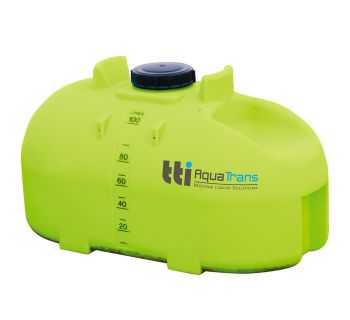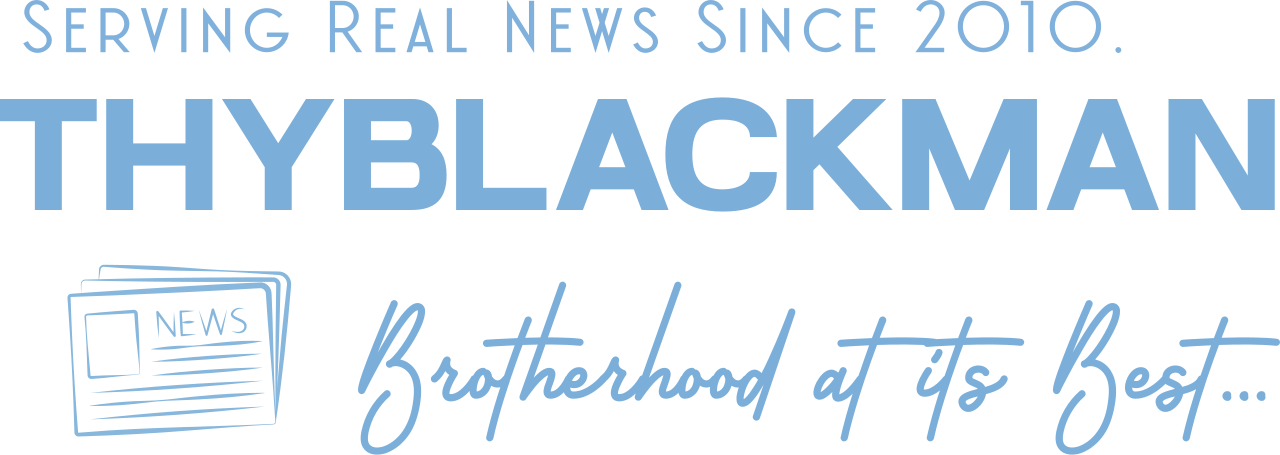(ThyBlackMan.com) Rural and remote operations, from agricultural activities to mining and infrastructure projects, often face a fundamental but frequently overlooked challenge: consistent and reliable access to water. Whether for irrigation, dust suppression, livestock hydration, or sanitation, water plays an indispensable role in keeping these projects operational and compliant with regulatory and environmental standards.
Yet in regions where mains water is sparse or non-existent, ensuring an adequate supply becomes a logistical balancing act. This article explores the strategies and equipment that help rural operations maintain continuity, especially when water access is limited, and outlines how the right storage and transportation solutions can safeguard productivity.
Understanding the Impact of Water Shortages in Remote Projects
For industries operating far from urban centres, water is not merely a convenience – it is a critical resource. Water scarcity or logistical delays in supply can grind activity to a halt, creating downtime that directly impacts project timelines and operational costs.
In agriculture, inconsistent water access can affect crop yields and livestock health. In mining and construction, water is vital for dust control, equipment cleaning, and maintaining health and hygiene standards. Breweries and wineries, too, require stable water inputs to maintain production quality and comply with stringent safety regulations.
The effects of even short-term water interruptions can ripple across entire operations, leading to significant inefficiencies, safety concerns, and loss of income.
Key Challenges in Water Supply for Rural Sites
1. Limited Infrastructure
Remote locations often lack the infrastructure required for consistent water delivery. Pipelines may not reach project sites, and delivery by truck or tanker can be expensive and weather-dependent.
2. Storage Constraints
Water storage needs to be not only adequate in volume but also durable and safe. Low-quality storage solutions can suffer from contamination, leakage, or structural failure, jeopardising both water quality and the safety of personnel and machinery.
3. Environmental Compliance
Modern regulations require rural operations to adopt environmentally responsible practices. This includes preventing run-off and leaks that could contaminate surrounding land or waterways, which means that containment and transport solutions must meet strict compliance criteria.
Practical Strategies to Prevent Water Gaps
Keeping rural projects running smoothly requires a multi-pronged approach. It involves accurate demand forecasting, strategic storage placement, and the use of specialised containers for efficient distribution.
Conduct a Site-Specific Water Audit
Every site has unique demands. A detailed audit helps identify the volume of water required daily for different tasks, whether it’s livestock watering, equipment cooling, or sanitation. This forms the baseline for storage and transport needs.
Invest in Durable, Fit-for-Purpose Storage
Not all tanks are created equal. For rugged environments and frequent transport, Intermediate Bulk Containers (IBCs) and heavy-duty plastic water tanks provide a safe, flexible, and long-lasting solution. These tanks are engineered to withstand the stress of transport and exposure to the elements while maintaining water purity.
Integrate Spill Containment Systems
In addition to storage, rural operations should incorporate spill containment bunds to prevent environmental contamination. These secondary containment systems are essential for meeting safety standards and avoiding costly fines or remediation costs.
Improve On-Site Mobility
One of the most effective ways to maintain water availability across a site is to improve mobility. Mobile water solutions allow operators to move water precisely where it’s needed, even in challenging terrain. If you’re looking for a reliable and efficient option, consider using a setup that lets you transport water easily with a plastic water cartage tank mounted to a ute, trailer, or truck. These tanks are purpose-built for harsh Australian conditions, featuring UV protection and ergonomic designs that make handling and transport both safe and straightforward.

The Importance of Scalable Solutions
As rural projects expand or pivot in response to seasonal or market demands, their water requirements evolve. Scalable water management systems allow businesses to increase capacity without replacing infrastructure. This might include modular tank systems or interchangeable transport units that can adapt to various sites or project phases.
Additionally, remote monitoring and telemetry systems are increasingly being used to track water levels and usage in real time. This technology enables proactive refilling and maintenance, reducing the risk of unforeseen shortages.
The Right Infrastructure for The Right Projects
Water is a non-negotiable asset for rural industries. By acknowledging the inherent challenges of remote operations and equipping projects with the right infrastructure, water gaps can be effectively managed or avoided altogether.
Modern tank systems, especially those designed for mobile and rural use, are a practical and proven solution. They help operators stay compliant, efficient, and productive—even when working far from conventional infrastructure. With the right strategy in place, remote operations can thrive without compromise, ensuring every drop counts.
Staff Writer; Brad Jackson

















Leave a Reply